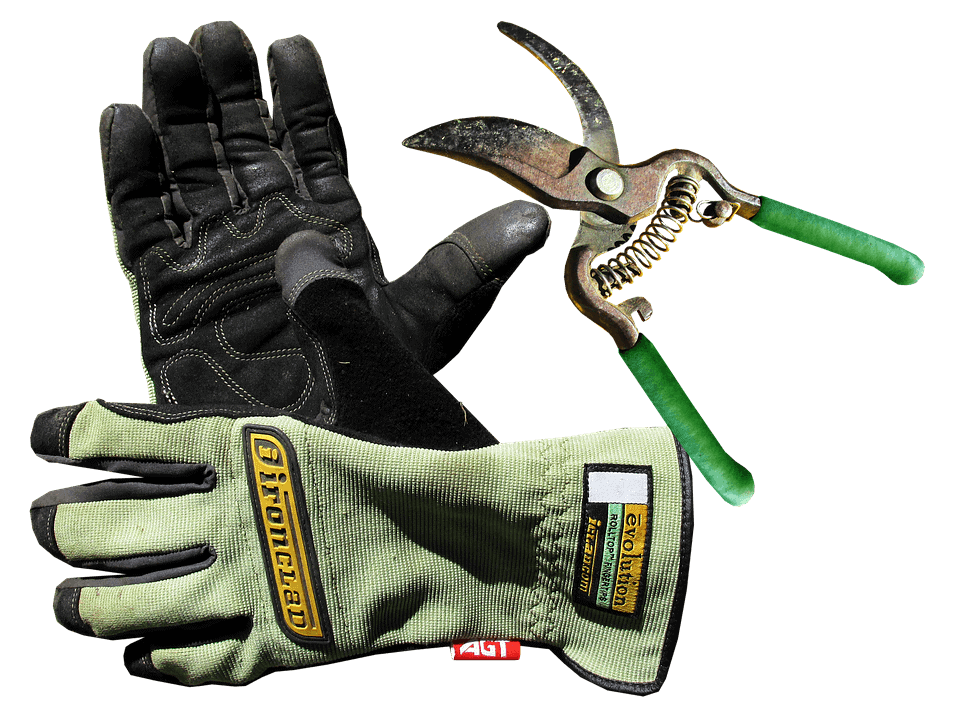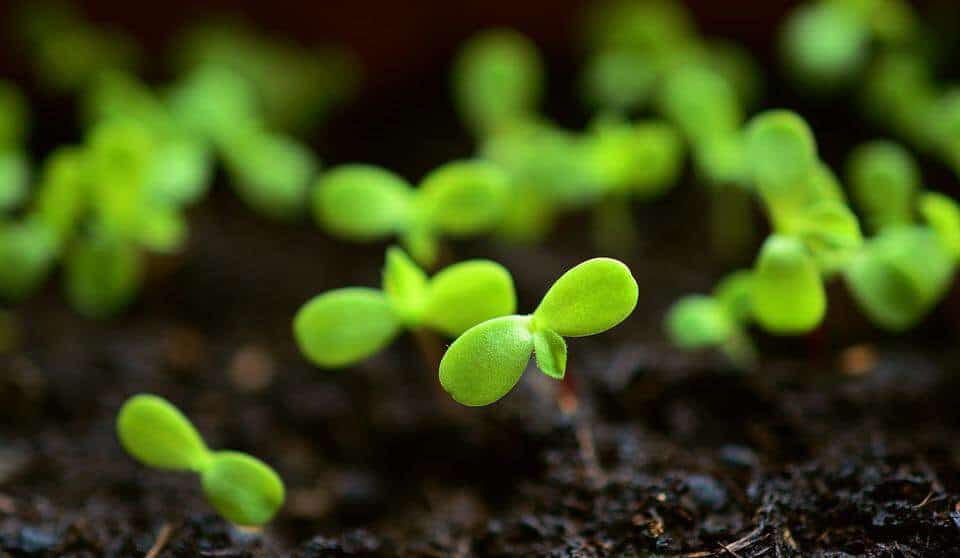Last Updated on January 11, 2023 by a Friendly Gardener
Native to the Himalayas, the Himalayan blue poppy, also called the ‘Queen of the Himalayan Flowers’ or simply ‘blue poppy’ is a flowering plant belonging to the Papaveraceae or poppy family. This lovely perennial has distinct delicate blue flowers.
The blue Himalayan poppy comprises 2 species i.e., Meconopsis baileyi or Meconopsis betonicifolia and Meconopsis grandis. The Meconopsis baileyi variety is more commonly cultivated and so, our article focuses on this species.
About the Himalayan Poppy
The Himalayan blue poppy meaning comes from the Greek words “Mecon” meaning “poppy” and “opsis” meaning “alike.” The Himalayan blue poppy is a clump-forming perennial with a short life.
You can find the Himalayan Blue poppy mostly in mountainous regions at elevations of 3,000 to 4,500 meters and can survive in extreme freezing temperatures. The plant has unusual 3 to 4-inch-wide silky bowl-shaped cool blue-colored flowers with yellow centers.
These lovely blue flowers appear in the late spring to early summer months on long, bristly, leafy stalks that can reach a height of 4 feet. The seeds of the Himalayan blue poppy are slender and elongated, which differentiates them from true poppies that have pepperpot-shaped seeds.
A unique garden gem, the blue Himalayan poppy can be rather difficult to grow. But by following a few basic tips and strategies, you can grow these plants with gorgeous blue-colored flowers successfully.
Himalayan Blue Poppy Care

If provided with the right type of growing environment and conditions, the Himalayan blue poppy can grow and thrive. Typically, the Himalayan blue poppy is a self-seeding plant and so, they are a great choice for cottage gardens.
These plants thrive in cool, moist, and filtered-light areas. So, choose a cool area in partial shade that is protected from the harsh afternoon sun and strong winds. Blue poppies don’t do very well in high temperatures and are suitable for areas with cool summers.
Light
Himalayan blue poppies thrive on moist forest floors where they get diffused light in their native environment. If these plants are exposed to too much bright sunshine, the plants will perish. They do well in an area with partial shade, where the light is bright but indirect.
If the place where you live has very mild summer temperatures, the Himalayan blue poppies may survive with more sun but it is better if they only get the direct morning sun.
Watering
All through their growth period i.e., in late spring and summer, Himalayan blue poppies must be kept moist constantly. They need to be watered regularly and deeply during the summer.
Powdery mildew can be a concern if the poppies are too dry. The Himalayan poppy must be kept dry in the winter months and so does not require any additional watering.
Soil

Himalayan poppies need moist, well-drained soil with a rich organic matter content. Typically, they do very well in loamy soils although you can enrich the soil with organic leaf matter to conserve moisture and reduce the chances of stagnation.
Keep the soil moist without allowing it to dry out throughout the growing season. Himalayan blue poppies are sensitive to the pH level of the soil and they prefer neutral to a little acidic type of soil.
If the soil is too alkaline, the blooms will be purple instead of cool blue. The alkaline soil can also affect the growth of the plant. So, it is a good idea to conduct a soil test to check the pH level of the soil before planting the Himalayan blue poppy.
Temperature
The Himalayan blue poppy grows best in cool temperatures. They don’t grow well in southern states where the weather is hot and humid. Temperate areas that don’t have very hot summers are ideal for the blue poppy.
Fertilizer
The blue Himalayan poppy needs rich soil, enriched with leaf materials, compost, or manure. If the soil is not enriched, then during the growth period of the plant, you can use a slow-releasing, balanced granular fertilizer once a month or a liquid fertilizer once every two weeks.
This will ensure that your blue poppy plants are healthy and thriving. In the fall when the plants are completely dormant, you can apply 2-3 inches of organic mulch to the plant.
Pruning

Ideally, during the first growth year of the blue Himalayan poppies, any buds must be removed from the stems before they flower. This will allow the establishment of strong roots and better development of the plant foliage.
Doing this will also ensure that the plant has a longer life and be perennial. In late fall, you can cut the blue poppy plants to the ground.
Himalayan Blue Poppy Propagation

If the clumps of the blue poppy plants are becoming overcrowded, it is a good idea to divide them as this can help in increasing their life. Remember that this perennial plant is a short-lived one and so if you’re planning to divide the plant in order to grow a new clump in another area, then the plant may not survive.
So it is best to propagate Himalayan blue poppy from seeds. That being said, growing Himalayan blue poppy from seeds is not easy. To germinate, the seeds require adequate light. Also, the seedlings are prone to damping off and don’t do too well when transplanted.
It is best to sow fresh seeds, which must be spread thinly over the surface of the starting mix or nutrient-rich soil. Keep this moist without being waterlogged. It is better to sow the seeds in peat pots because doing this can prevent transplant shock.
To germinate, the blue poppy seeds need sufficient sunlight with temperatures between 55°F and 60°F. You must take care to avoid the exposure of the seeds to prolonged penetrating sunlight.
Pests and Diseases
The foliage of the Himalayan blue poppy plant is prone to downy mildew and you must protect the plants from pests like snails and slugs.
The Bottom Line
The winner of the “Award of Garden Merit” from the Royal Horticultural Society, the Himalayan blue poppy is a truly unique and striking plant. Growing the Himalayan blue poppy can be tricky; however, with some patience, care, and effort, you can transform your home garden into a “cool blue” paradise.

